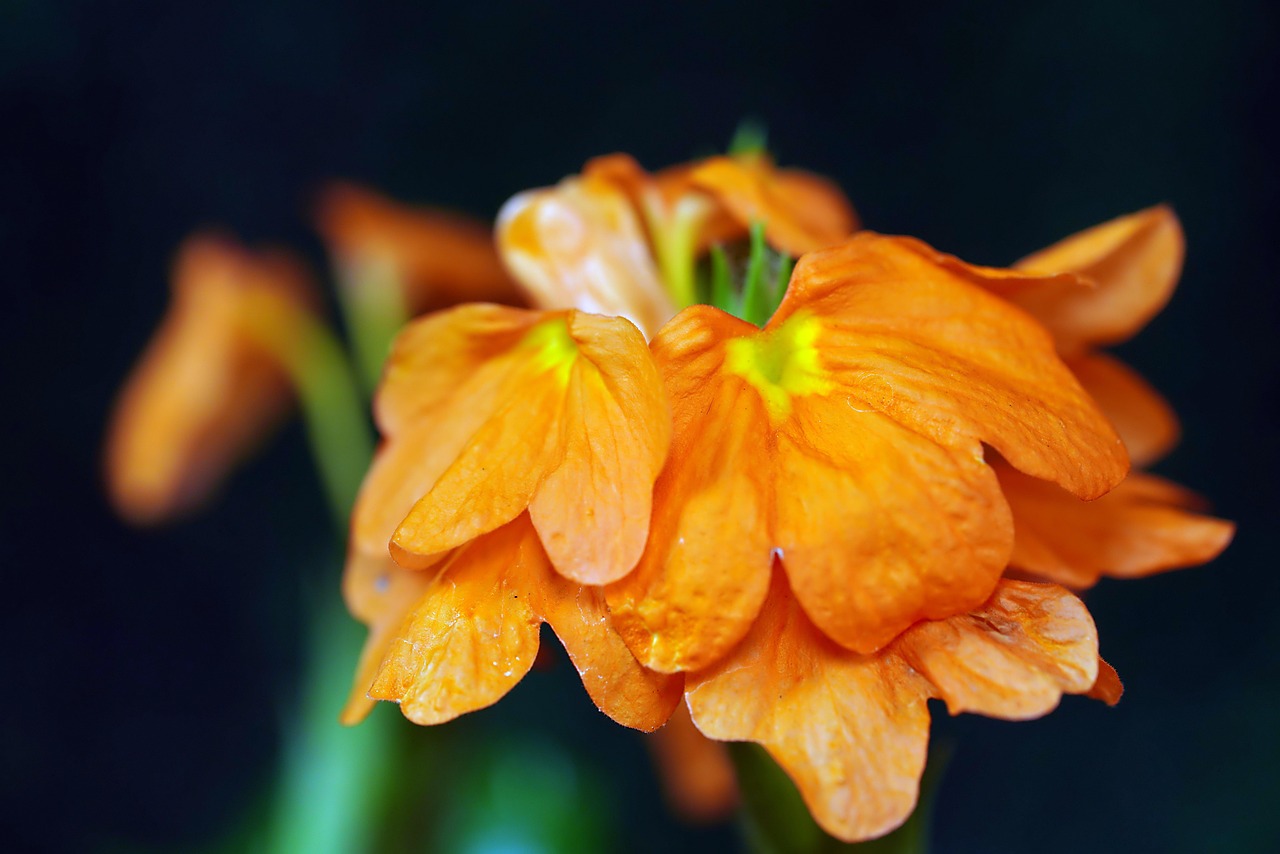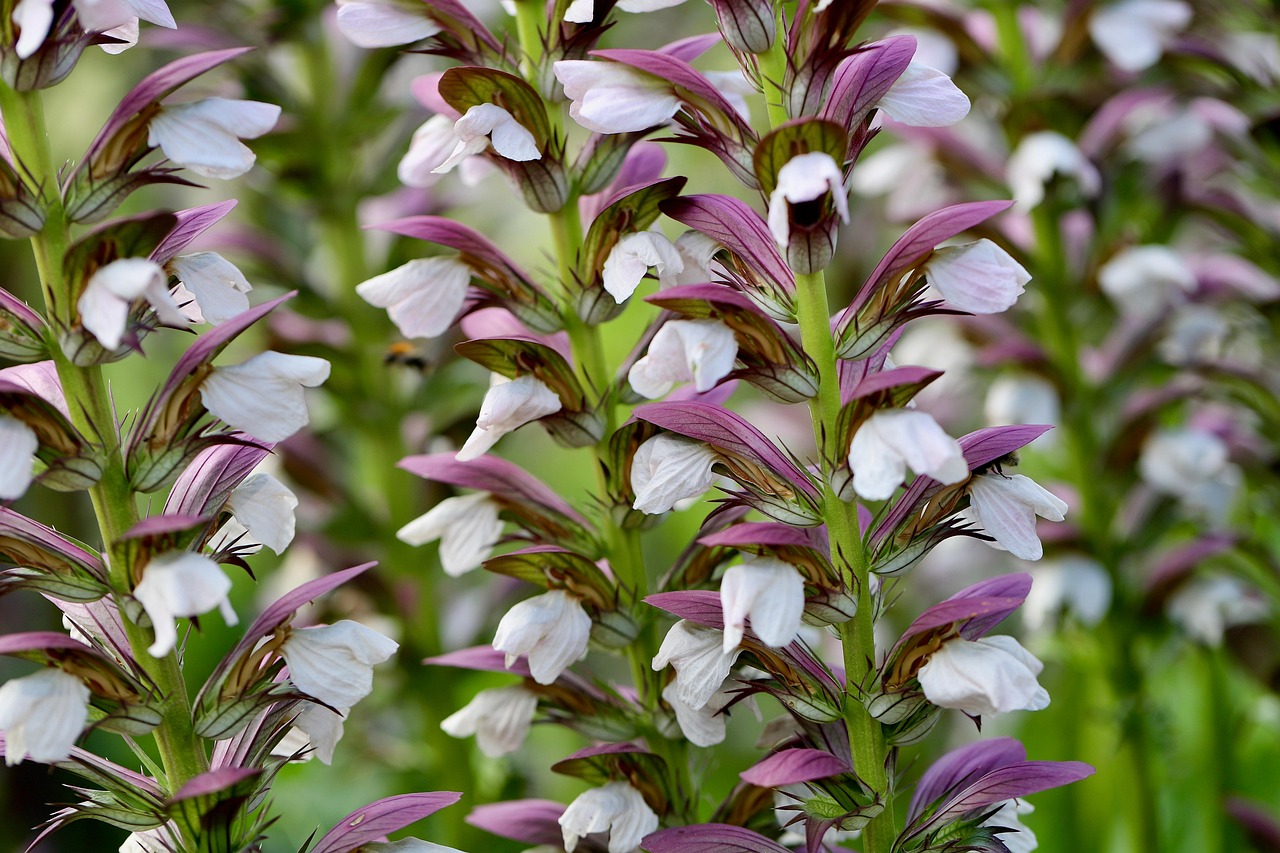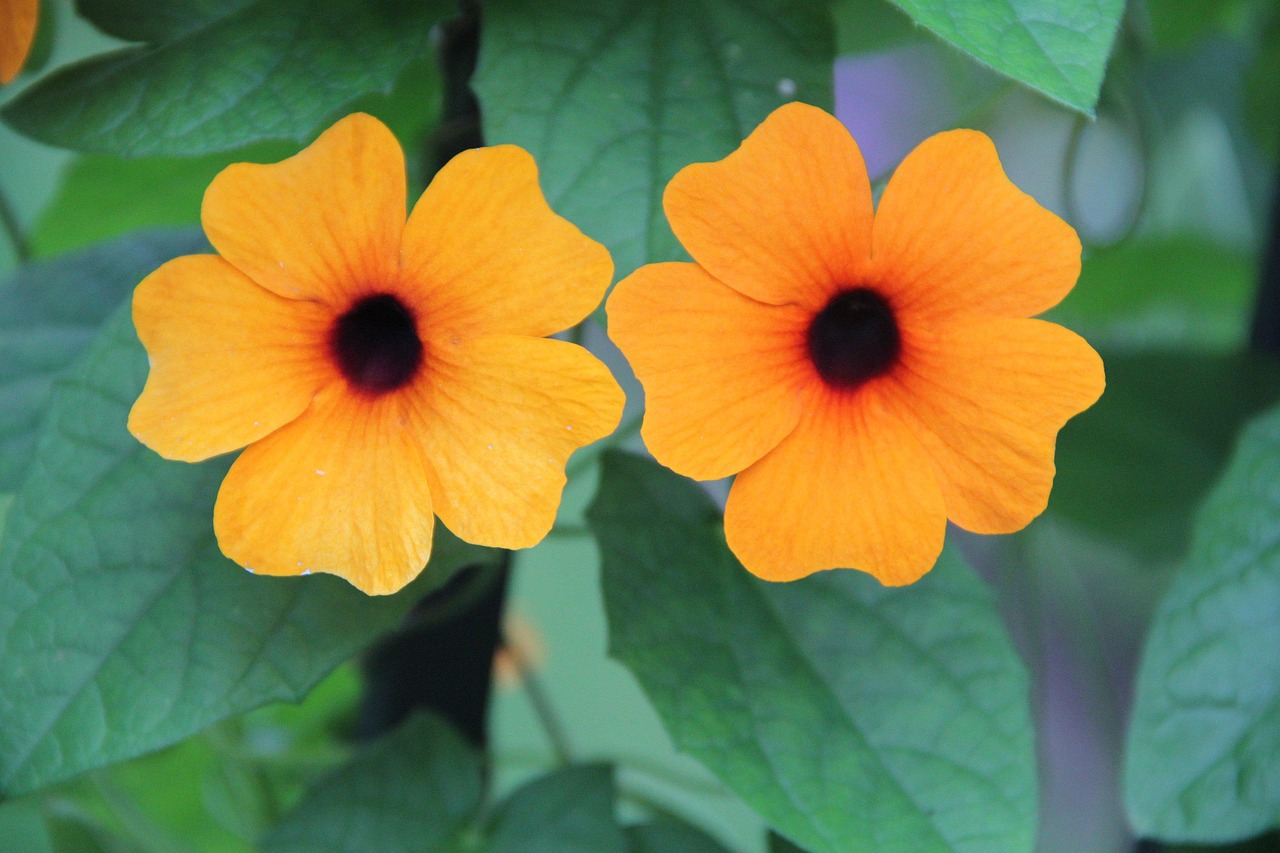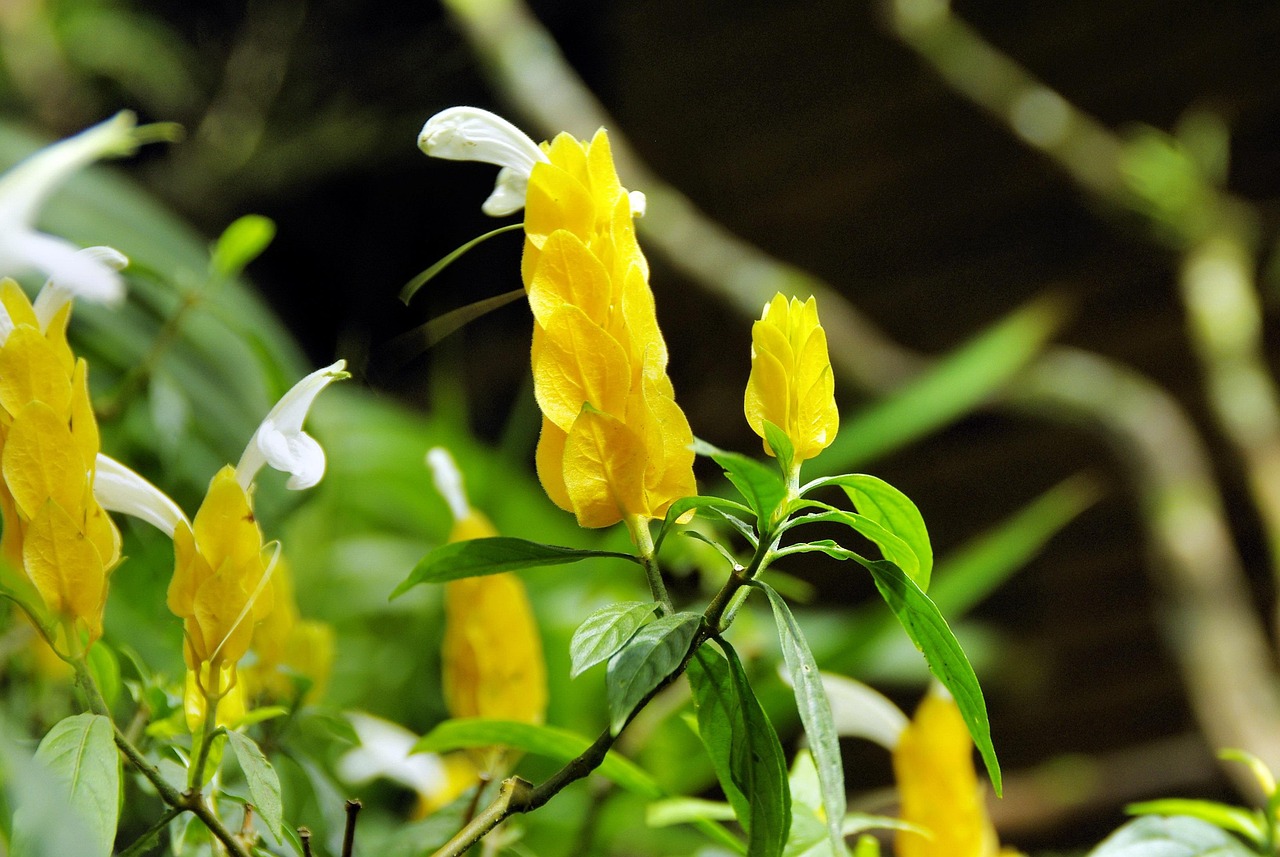Ruellia | Purple Blossoms in the Gardens of Latin America
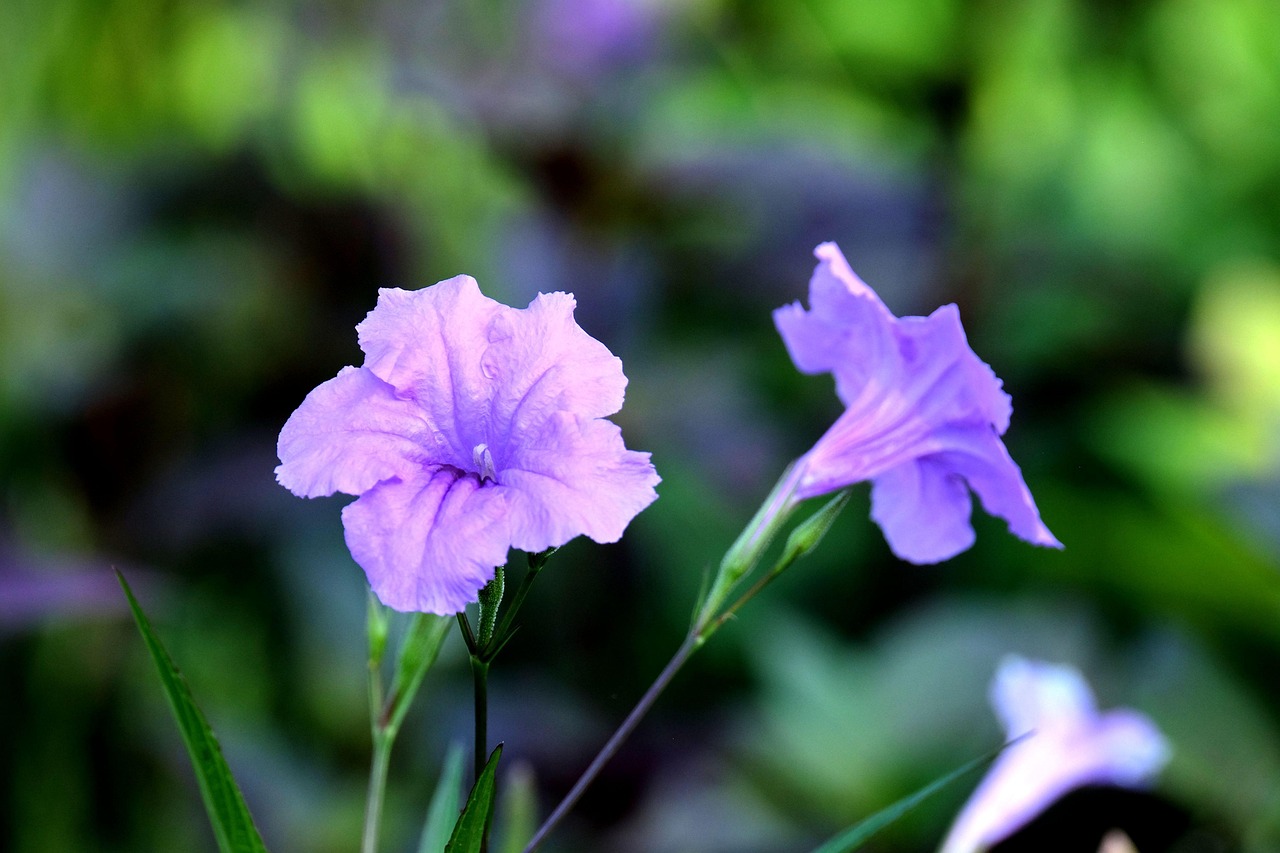
Ruellia is a perennial plant known for its vibrant flower colors and strong reproductive ability, making it well-suited for both gardens and pots.
Because it has a long blooming period and excellent heat tolerance, I can enjoy its beautiful flowers throughout the year in warmer regions.
In this article, I will provide detailed information about the basic characteristics of Ruellia, its cultural and historical background, and practical tips for growing it.
Basic Information
- Scientific Name: Ruellia spp.
- Family: Acanthaceae
- Origin: South America, Central America, and the southern parts of North America
- Appearance: The plant produces trumpet-shaped flowers that grow on stalks extending from between its elongated leaves. Flower colors vary by species and include purple, blue, pink, and white.
- Blooming Season: From spring through autumn, with some varieties blooming even in winter in warm climates.
Cultural Features Around the World
Ruellia is widely cultivated as an ornamental plant in tropical and temperate regions.
In South America, native Ruellia grows naturally and blends into landscapes, creating vibrant scenery alongside other wildflowers.
In the southern United States, Ruellia is commonly planted in gardens and parks, where it blooms beautifully even with minimal care, making it a popular choice for beginners. Because of its elegant flower shape, it is also used in floral arrangements and decorative displays.
In Asia, the vivid colors of Ruellia are often incorporated into gardens and urban landscaping projects. Purple varieties, in particular, are associated with nobility and refinement.
In China, the flower’s shape resembles traditional ornamental patterns, and it is sometimes regarded as a symbol of beauty.
Historical Background
The name Ruellia honors Jean Ruel, a French botanist who contributed to the development of botany and plant classification in the 16th century.
From the 18th to 19th centuries, Ruellia was introduced to Europe, where it became popular as a greenhouse plant.
During the Victorian era in Britain, interest in exotic plants grew, and various species of Ruellia were cultivated in gardens and conservatories.
In the United States, beginning in the 20th century, its drought tolerance and resilience were highly valued, and it was incorporated into urban greenery projects and roadside plantings.
Gardening Advice
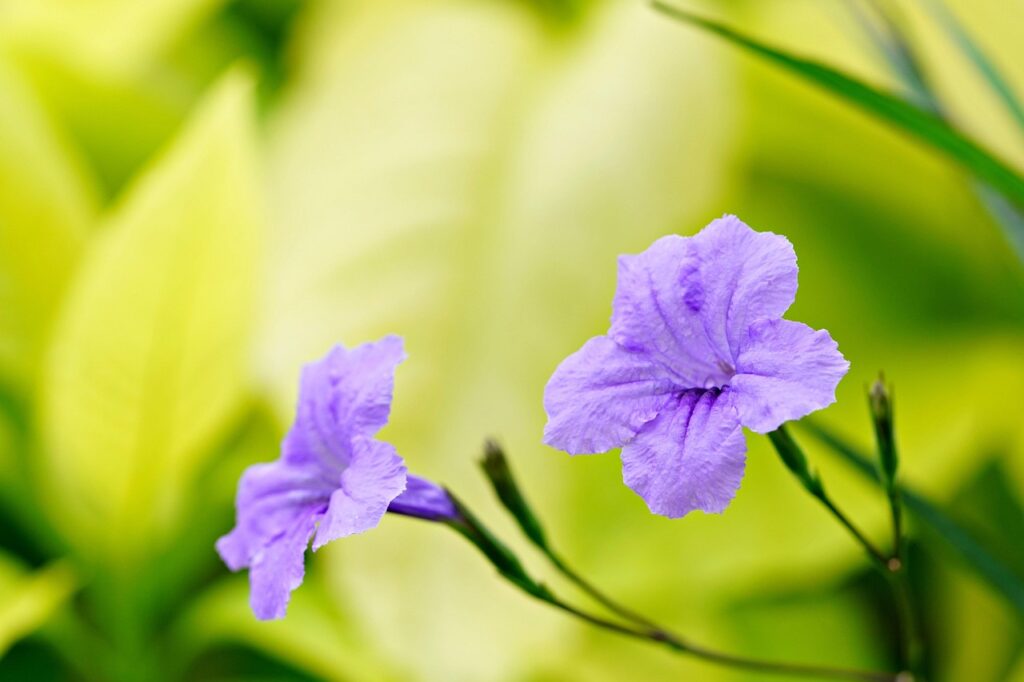
Ruellia is easy to care for and adapts well to different environments. Here are some key tips for enjoying its beautiful blossoms:
Sunlight
Prefers sunny locations but also grows well in partial shade.
Watering
Keep the soil moderately moist. Water thoroughly when the soil dries, but avoid overwatering to prevent root rot.
Soil
Use well-drained, nutrient-rich soil. In garden beds, mixing in compost improves growth.
Fertilizer
Apply liquid fertilizer about once a month during the growing season. Avoid overfertilization, which may cause excessive leaf growth.
Pruning
Trim overly long stems to maintain shape and encourage more blooms.
Cold Tolerance
In warm climates, Ruellia can be grown outdoors year-round. In colder regions, bring the plant indoors during winter or protect it from frost.
Conclusion
Ruellia is an attractive plant with a long blooming season and vivid flower colors, and it is widely cultivated around the world as an ornamental species.
In South America, it grows naturally as part of the landscape. In the southern United States, it is valued as an easy-care garden plant. In China, its graceful appearance symbolizes beauty.
Named after the 16th-century French botanist Jean Ruel, Ruellia spread throughout Europe and America from the 18th century onward, becoming a beloved plant in both gardens and urban spaces.


